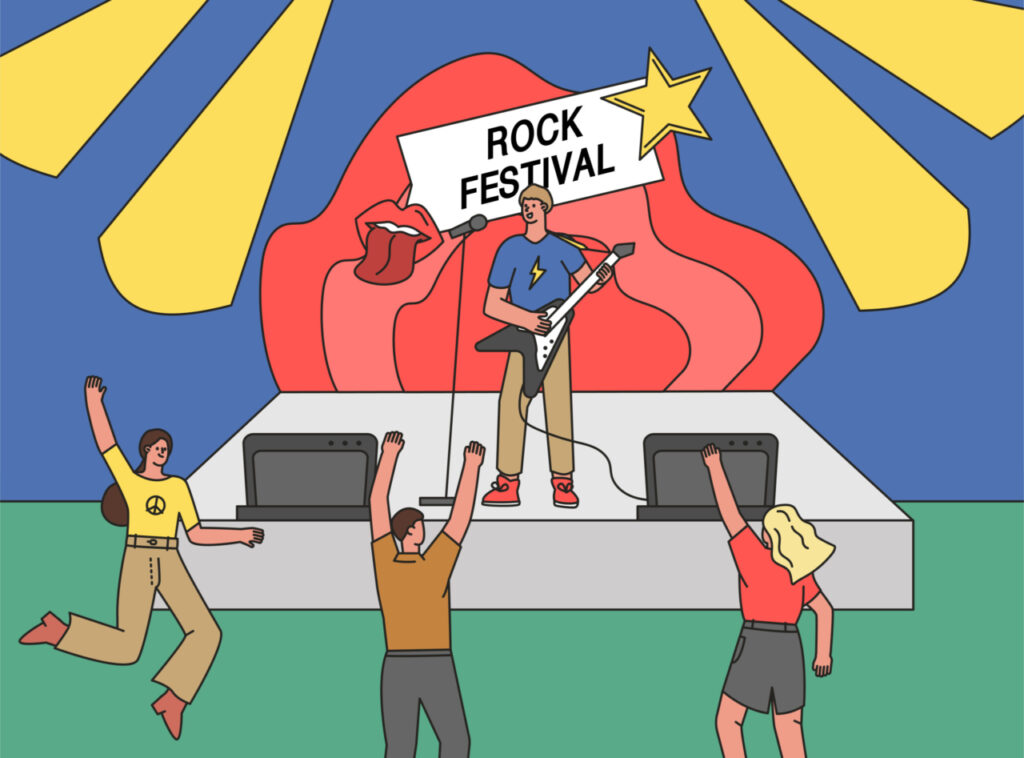Hip-Hop is an art form that began in the early 1970s in the Bronx, New York. During this time, the area was plagued with gang violence, drug use, and poverty. African American youth in the neighborhood developed a variety of art forms to cope with these conditions. These arts included graffiti, jazz, R&B, oral poetry, and hip hop dance.
The evolution of Hip-Hop has been a complicated one.
The music has been influenced by the socio-economic environment, the culture of the community, and the political environment. The lyrics of Hip-Hop songs often represent hegemonic themes.
However, the music is not responsible for the violence in American society. Rather, the music serves as a voice for the oppressed.
When Hip-Hop was first created, it was a tool used by the community to promote positive events. The MC, or Master of Ceremonies, would call the crowd to action. Sometimes, the MC would freestyle over the music.

In the 1980s, the genre of Hip-Hop expanded.
The genre began to include jazz-rap and gangsta rap. Throughout this period, more and more sophisticated techniques emerged. In addition, hip-hop musicians collaborated with rock bands.
In the 1990s, rap started to become commercially successful. Many rappers featured in commercials and appeared on talk shows. The first hip-hop hit was Rapper’s Delight.
The music and culture of Hip-Hop has become popular across the world. It has also affected mainstream television, movies, fashion, and language. As a result, there are numerous sub-genres and styles. The most popular of these are gangsta rap and B-boying.
Although the culture of Hip-Hop has evolved, it still has a complex relationship with race. Some critics believe that a commercialization of the music is a compromise of its original message.
But others argue that rap can be a response to the needs of a specific community. Regardless of the debate, Hip-Hop remains the most popular form of entertainment globally in the early twenty-first century.
Hip-Hop would not exist in its current style without the contributions of artists from the Caribbean and Latin America. In fact, these artists have played an important role in the creation of the genre.
In addition, they helped break down the boundaries between conscious and commercial Hip-Hop. As a result, the music opened up new avenues for emcees of all ethnic and gender backgrounds.
In addition, the emergence of gangsta rap made the genre very popular in the U.S. It spoke to the themes of rebellion against authority and apathy. The music was also used to sell fast food, soda, and beer. It was marketed through music videos and commercials.
Currently, there are several organizations working to preserve Hip-Hop culture in its purest form. These groups are also attempting to reverse the appropriation of Hip-Hop.
It is very important to recognize the historical and socio-economic factors that created this culture. In addition, it is critical to focus on the disparity in resources available to urban minorities. This disparity must be addressed aggressively.